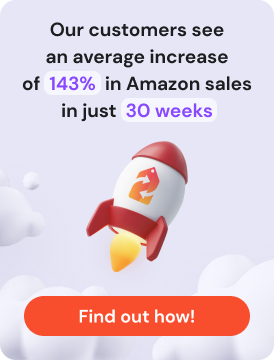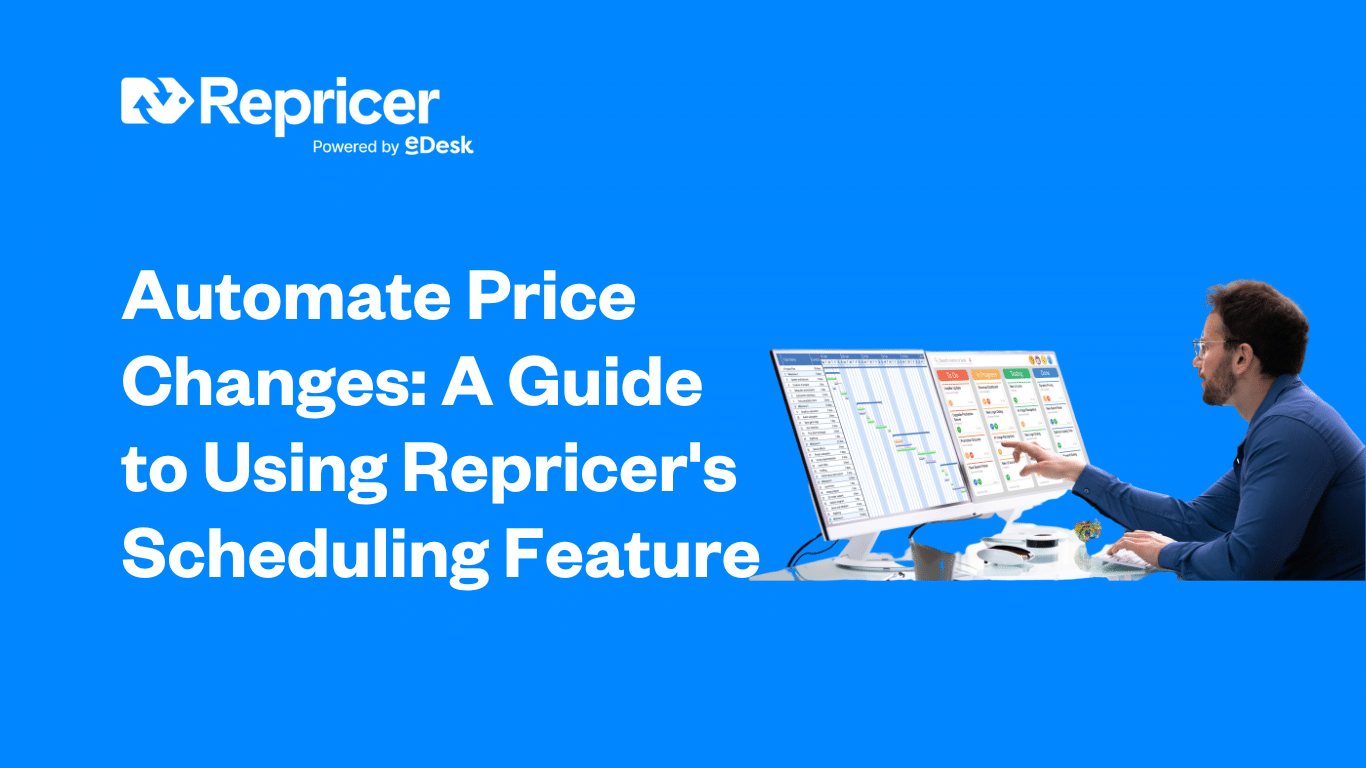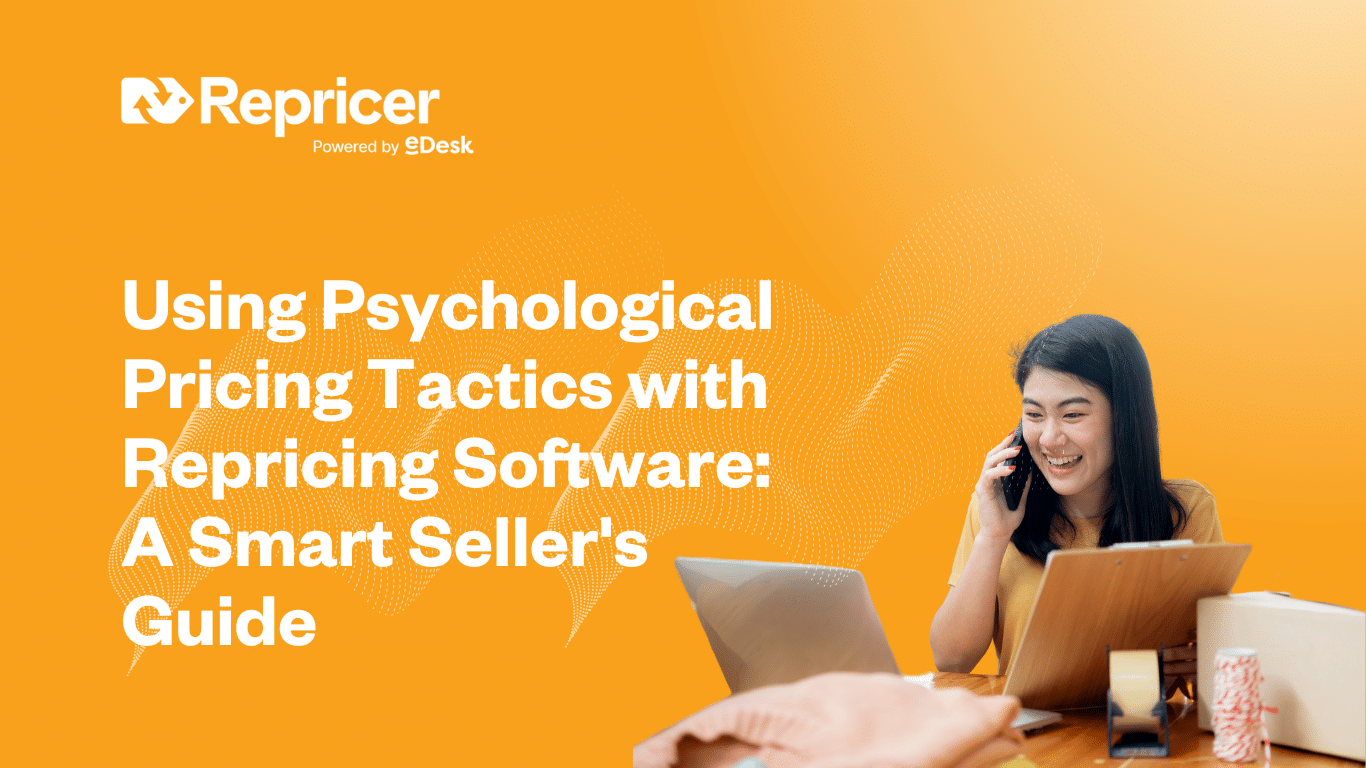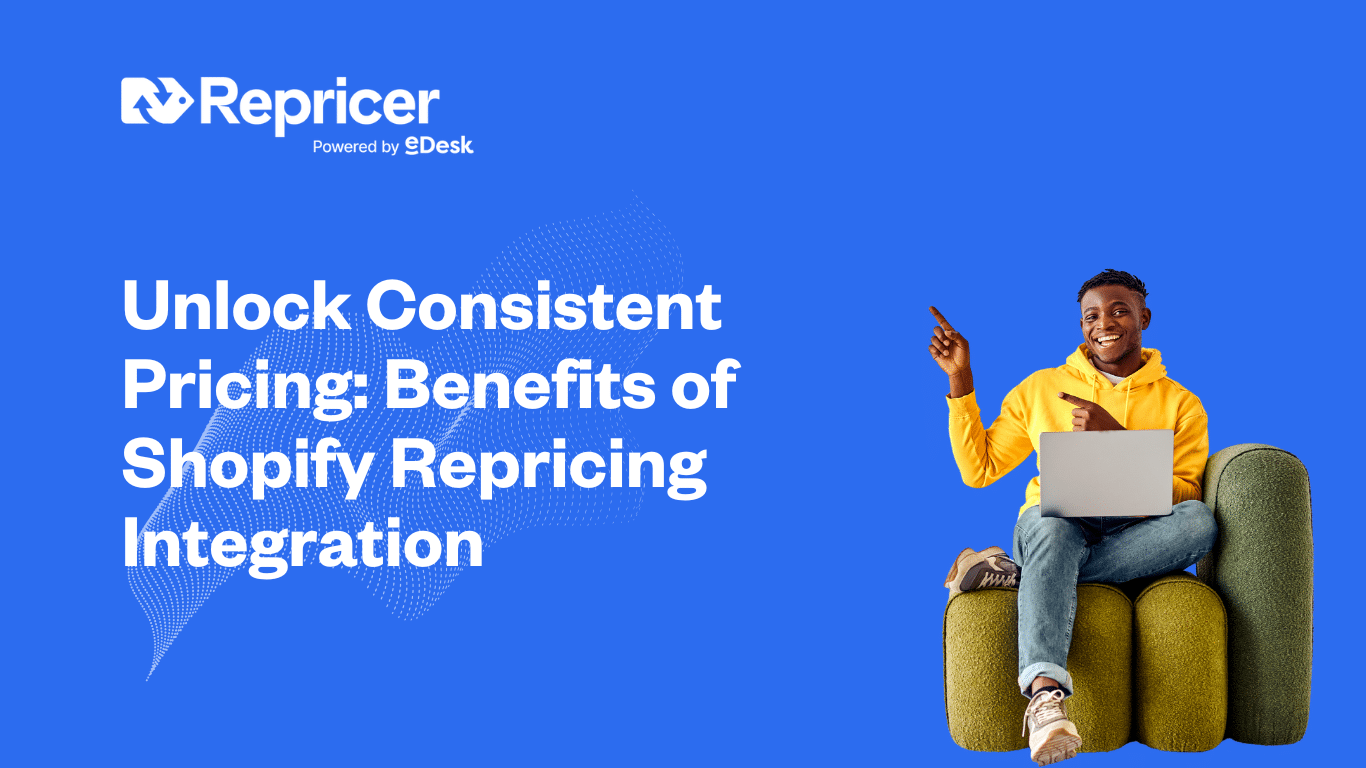As a private label brand owner on Amazon, you’ve invested significant time and resources into building your brand identity, developing quality products, and establishing market presence. However, in the fast-paced world of Amazon selling, pricing pressures can quickly erode the value you’ve worked so hard to create. This is where strategic repricing and private label brand protection become crucial to your long-term success.
The challenge facing private label sellers today is finding the sweet spot between competitive pricing and brand preservation. Unlike traditional retail arbitrage or wholesale models, your private label products represent your brand’s reputation, making every pricing decision a reflection of your brand’s perceived value and quality.
Understanding the Private Label Pricing Landscape
Private label products have experienced remarkable growth recently. Store brand sales increased nearly 4% to $271 billion in 2024, significantly outpacing national brand growth. 57% of US consumers think private label brands offer an above-average value for their price, while 44% of US consumers have permanently switched some of their staple products to private label brands.
This growth presents both opportunities and challenges for private label sellers. While consumers are increasingly open to private label products, the competition for maintaining pricing integrity has intensified. The key lies in implementing a nuanced private label pricing strategy on Amazon that protects your brand while remaining competitive.
The Brand Value vs. Price Competition Dilemma
Many private label sellers fall into the trap of competing solely on price, believing that the lowest price always wins. However, this approach can be detrimental to long-term brand building. When you consistently engage in price wars, you risk:
Devaluing Your Brand Perception: Consumers often associate price with quality. If your products are consistently priced at rock bottom, customers may question the quality and value proposition of your brand. This psychological connection between price and perceived quality is particularly strong in categories where safety, durability, or performance matter.
Eroding Profit Margins: Aggressive price cutting might increase short-term sales volume, but it comes at the cost of profitability. Without healthy margins, you cannot reinvest in product development, marketing, or inventory management, limiting your ability to scale and compete effectively.
Creating Unsustainable Market Dynamics: When you engage in price wars, you encourage competitors to follow suit, creating a race to the bottom that benefits no one except consumers in the short term. This environment makes it difficult for any brand to maintain profitability and invest in quality improvements.
Strategic Repricing Approaches for Brand Protection
Focus on Authorized Sellers Only
One of the most effective strategies for repricing private label brand protection is to limit your repricing competition to authorized sellers only. This approach involves:
Identifying Your Legitimate Competition: Rather than racing against every seller in your category, focus on competing with other established, authorized brands. This might include other private label sellers with similar quality standards, authorized retailers of competing national brands, or sellers who maintain similar brand standards.
Setting Minimum Price Floors: Establish non-negotiable minimum prices that protect your profit margins and brand positioning. Your repricing strategy should never drop below these floors, regardless of competitive pressure. This ensures that your brand maintains its premium positioning in the market.
Monitoring Brand Registry Benefits: If you’re enrolled in Amazon Brand Registry, leverage the enhanced brand protection tools available to you. Amazon Brand Registry puts additional protections in place to help safeguard your brand’s product information, which can help maintain consistent pricing and prevent unauthorized sellers from undermining your pricing strategy.
Implementing Value-Based Pricing Protection
Your repricing strategy should emphasize competing on value rather than just price. This involves:
Premium Positioning Strategy: Position your products as premium alternatives within their category. Use brand value repricing to maintain higher price points that reflect the quality, features, or unique value proposition of your products. This approach helps avoid devaluing private label products and maintains healthy profit margins.
Quality-Focused Differentiation: Highlight the unique features, quality standards, or benefits that justify your pricing. Whether it’s superior materials, better warranty terms, enhanced features, or exceptional customer service, make sure your pricing reflects and communicates these value differentiators.
Customer Education and Brand Building: Invest in content that educates customers about your brand’s value proposition. Use enhanced brand content, customer reviews, and marketing to communicate why your products warrant their pricing reduces price sensitivity among your target customers.
Handling Unauthorized Sellers and Counterfeits
One of the biggest challenges in maintaining brand protection is dealing with unauthorized sellers who may offer products at significantly lower prices. Here’s how to approach this:
Strategic Non-Engagement: In many cases, the best strategy is not to compete directly with unauthorized sellers, especially those offering suspiciously low prices. 80% of online sellers are unauthorized, and many may be selling counterfeits, used products as new, or engaging in other questionable practices.
Monitoring and Reporting: Implement robust monitoring systems to identify unauthorized sellers quickly. Amazon identified, seized, and appropriately disposed of more than 15 million counterfeit products worldwide in 2024, showing the platform’s commitment to brand protection when properly reported.
MAP Policy for Own Brand Implementation: Even though you own your brand, establishing a MAP policy for your brand can be beneficial when working with authorized distributors or retailers. This helps maintain pricing consistency across all sales channels and prevents authorized partners from undermining your brand’s pricing integrity.
Technology-Driven Repricing Solutions
Modern repricing strategies should leverage technology while maintaining brand protection principles:
Smart Algorithm Configuration: Configure your repricing tools to respect your brand protection parameters. Set rules that prevent racing against suspicious sellers, maintain minimum margins, and prioritize long-term brand value over short-term sales spikes.
Competitive Intelligence: Use repricing tools that provide insights into competitor strategies, helping you make informed decisions about when to adjust prices and when to maintain premium positioning. Understanding your competitive landscape helps you make strategic rather than reactive pricing decisions.
Performance Monitoring: Track not just sales metrics but also brand health indicators such as customer acquisition costs, lifetime value, return rates, and review quality. This holistic view helps ensure your repricing strategy supports overall brand objectives.
Building Long-Term Brand Equity Through Pricing
Successful private label sellers understand that pricing is a long-term brand-building tool, not just a short-term sales driver. Consider these strategic approaches:
Consistent Premium Pricing: Maintain consistent pricing that reflects your brand positioning. Avoid frequent dramatic price changes that can confuse customers or signal desperation. Stability in pricing communicates confidence in your product’s value.
Seasonal and Promotional Strategy: Plan your promotional pricing strategically rather than reactively. Use temporary price reductions as part of broader marketing campaigns rather than as desperate attempts to match competitor pricing.
Customer Lifetime Value Focus: Price your products to attract customers who value quality and service over just low prices. These customers typically have higher lifetime values, better review patterns, and lower return rates, contributing to long-term brand success.
Measuring Success Beyond Sales Volume
When implementing repricing private label brand protection strategies, success metrics should extend beyond simple sales volume:
Profit Margin Preservation: Track your gross and net profit margins over time. A successful strategy maintains healthy margins while achieving reasonable sales growth.
Brand Health Metrics: Monitor customer reviews, brand search volume, repeat purchase rates, and customer acquisition costs. These metrics indicate whether your pricing strategy supports or undermines brand-building efforts.
Market Position Tracking: Assess your brand’s position relative to competitors over time. Are you maintaining your premium positioning, or are you being forced into commodity-style competition?
Practical Implementation Steps
To implement effective brand protection through repricing:
- Audit Your Current Strategy: Review your existing repricing rules and identify areas where brand protection could be strengthened.
- Set Clear Brand Guidelines: Establish minimum pricing floors, authorized competitor lists, and brand positioning objectives.
- Configure Technology Tools: Set up your repricing software to respect brand protection parameters while maintaining competitiveness against legitimate competitors.
- Monitor and Adjust: Regularly review performance metrics and adjust your strategy based on both sales data and brand health indicators.
- Educate Your Team: Ensure everyone involved in pricing decisions understands the importance of brand protection and long-term value creation.
Conclusion: Building Sustainable Private Label Success
Effective repricing of private label brand protection requires a strategic approach that balances competitive pressures with long-term brand-building objectives. By focusing on authorized competitors, maintaining premium positioning, and using technology wisely, private label sellers can protect their brand value while achieving sustainable growth.
Remember, your pricing strategy is a reflection of your brand’s values and market positioning. Every pricing decision should support your long-term vision of building a valuable, trusted brand that commands customer loyalty and premium pricing power.
The most successful private label sellers are those who resist the temptation to compete solely on price and instead build comprehensive strategies that protect and enhance their brand value over time. By implementing the strategies outlined in this guide, you can create a repricing approach that serves both your immediate competitive needs and your long-term brand-building objectives.
Ready to implement smarter repricing strategies for your private label business? Explore our comprehensive Private Label Repricing Guide for detailed implementation steps, or discover our advanced Repricer Features designed specifically for brand-conscious sellers.




